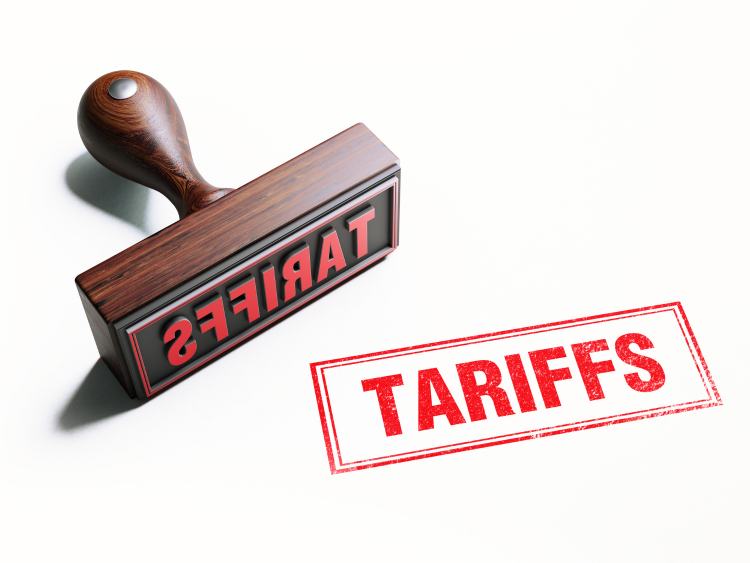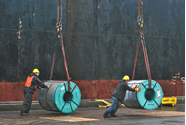Steel Markets

Residential Leads Construction Spending in August
Written by Sandy Williams
October 1, 2020
Construction spending rose 1.4 percent in August primarily due to a robust residential construction sector, said the Associated General Contractors of America. AGC cautioned that without federal support, nonresidential construction will continue to stagnate.
“The August spending report shows a stark divide between housing and nonresidential markets that appears likely to widen over the coming months,” said AGC Chief Economist Ken Simonson. “With steadily rising business closures and worker layoffs, and growing budget gaps for state and local governments, project cancellations are likely to mount and new starts will dwindle.”
Construction spending totaled $1.41 trillion at a seasonally adjusted annual rate in August. Residential spending jumped 3.7 percent, while total nonresidential spending slipped 0.1 percent.
Private nonresidential construction spending fell in nine out of 11 categories, contracting 0.3 percent from July to August. Commercial construction and power construction, two of the largest segments, each fell 1.1 percent. Manufacturing construction spending expanded 2.2 percent, but office construction slipped 0.3 percent, said AGC.
Public spending overall inched up 0.1 percent in August, but has been on a downward trend since March, falling 2.5 percent.
Housing construction has been robust with contractors having difficulty keeping up with demand. Private residential construction spending rose 3.7 percent in August, supported by a 5.5 percent gain in single-family homebuilding and a 3.0 percent gain in home improvements. Multifamily construction spending was fairly static with a 0.1 percent decline from July.
“One of the biggest challenges facing the construction industry is the lack of demand for many new types of commercial and local infrastructure projects, especially after the current crop of projects is completed,” said Stephen E. Sandherr, AGC’s chief executive officer. “Washington officials can give a needed boost to construction demand and employment by boosting infrastructure and putting in place liability protections for firms that are protecting workers from the coronavirus.”

Sandy Williams
Read more from Sandy WilliamsLatest in Steel Markets

CMC looks beyond Arizona micro-mill woes to long-term viability of construction mart
Despite the economic and geopolitical upheaval of the last five years, CMC President and CEO Peter Matt points out that the construction market has been an essential element of the way forward.

US importers face stricter rules under revamped S232 tariffs
“CBP expects full compliance from the trade community for accurate reporting and payment of the additional duties. CBP will take enforcement action on non-compliance," the agency said in a March 7 bulletin.

Steel exports rebound in January
US steel exports recovered to a five-month high in January after having fallen to a two-year low in December. This growth follows four consecutive months of declining exports.

Construction spending drops marginally in January
Construction spending edged down slightly in January, slipping for the first time in four months. The US Census Bureau estimated spending at a seasonally adjusted annual rate of $2,196 billion in January, down 0.2% from December’s downward revised rate. The January figure is 3.3% higher than a year ago. January’s result, despite the slight erosion, […]

HVAC equipment shipments slow in December but strong annually
Shipments of heating and cooling equipment in the US fell to an 11-month low in December, according to the latest data released by the Air-Conditioning, Heating, and Refrigeration Institute (AHRI).
